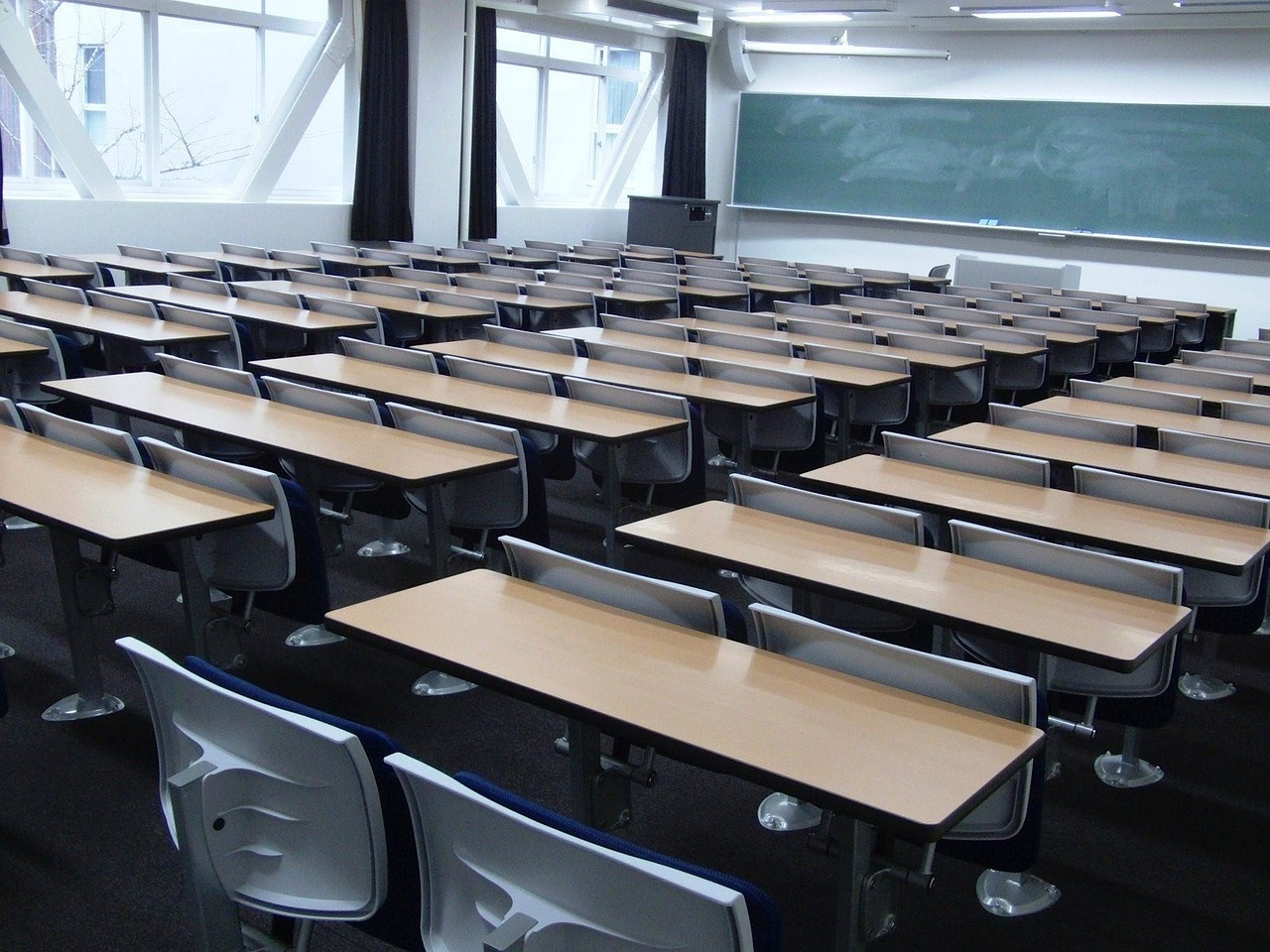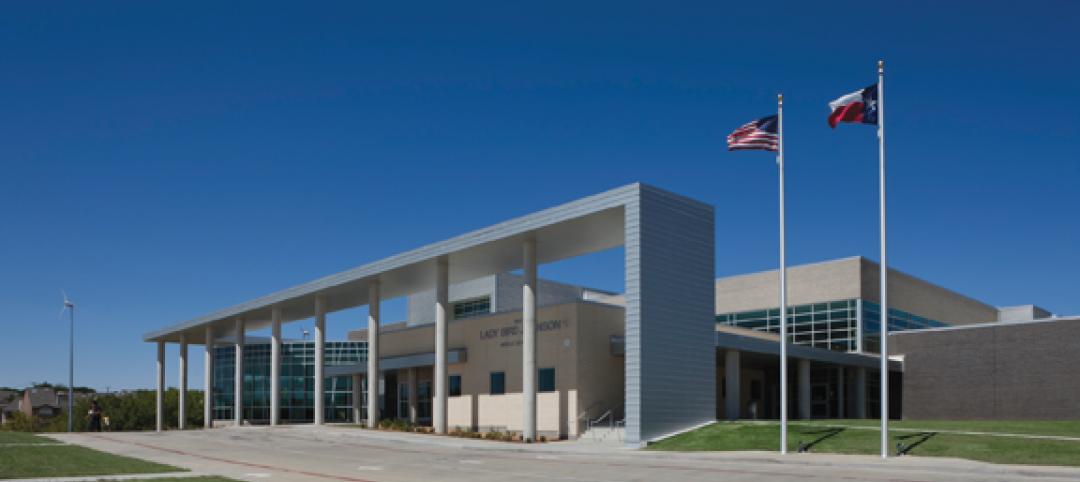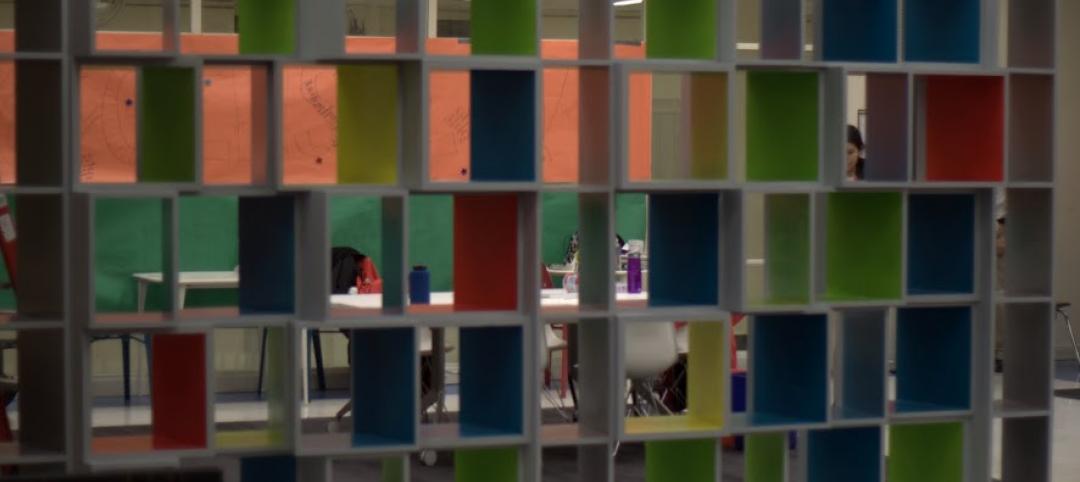The non-profit Collaborative for High Performance Schools (CHPS) recently launched an effort to develop industry-backed best practices for school modernization projects.
The Minor Renovations Program aims to fill a void of guiding criteria for school districts to use to ensure improvements meet a high-performance threshold. CHPS is assembling a coalition of interdisciplinary experts in design, performance, student health and wellness, technology, and products, along with school district leaders to:
- Develop best practices that underpin new design criteria
- Pilot improvements at schools to demonstrate their effectiveness
- Develop and demonstrate financing solutions that show how allocated funds can be more effectively used for better performance outcomes
- Create and grow a community of support for schools
Two of the country’s largest school districts, Los Angeles Unified and the Cypress-Fairbanks ISD (Harris County, Texas), will participate in the program at the outset, and more districts are expected to join in the future.
“It’s estimated that 53% of America’s public schools need to invest in repairs, renovations, and modernizations, yet upgrades are not getting done at the rate or scale needed to provide safe and productive learning environments for students,” according to a CHPS news release. “Although smaller renovation projects represent the majority of districts’ facility expenditures, a set of industry-aligned best practices does not exist to enable effective planning and implementation.”
Related Stories
| Jul 20, 2012
K-12 Schools Report: ‘A lot of pent-up need,’ with optimism for ’13
The Giants 300 Top 25 AEC Firms in the K-12 Schools Sector.
| Jul 2, 2012
Plumosa School of the Arts earns LEED Gold
Education project dedicated to teaching sustainability in the classroom.
| Jun 1, 2012
New BD+C University Course on Insulated Metal Panels available
By completing this course, you earn 1.0 HSW/SD AIA Learning Units.
| May 29, 2012
Reconstruction Awards Entry Information
Download a PDF of the Entry Information at the bottom of this page.
| May 24, 2012
2012 Reconstruction Awards Entry Form
Download a PDF of the Entry Form at the bottom of this page.
| May 24, 2012
Stellar completes St. Mark’s Episcopal Church and Day School renovation and expansion
The project united the school campus and church campus including a 1,200-sf chapel expansion, a new 10,000-sf commons building, 7,400-sf of new covered walkways, and a drop-off pavilion.
| May 21, 2012
Winchester High School receives NuRoof system
Metal Roof Consultants attended a school board meeting and presented a sloped metal retrofit roof as an alternative to tearing off the existing roof and replacing it with another flat roof.
| May 8, 2012
Gensler & J.C. Anderson team for pro bono high school project in Chicago
City Year representatives came to Gensler for their assistance in the transformation of the organization’s offices within Orr Academy High School, which also serve as an academic and social gathering space for students and corps members.
| Mar 5, 2012
Perkins Eastman pegs O’Donnell to lead K-12 practice
O’Donnell will continue the leadership and tradition of creative design established by firm Chairman and CEO Bradford Perkins FAIA, MRAIC, AICP in leading this market sector across the firm’s 13 offices domestically and internationally.















